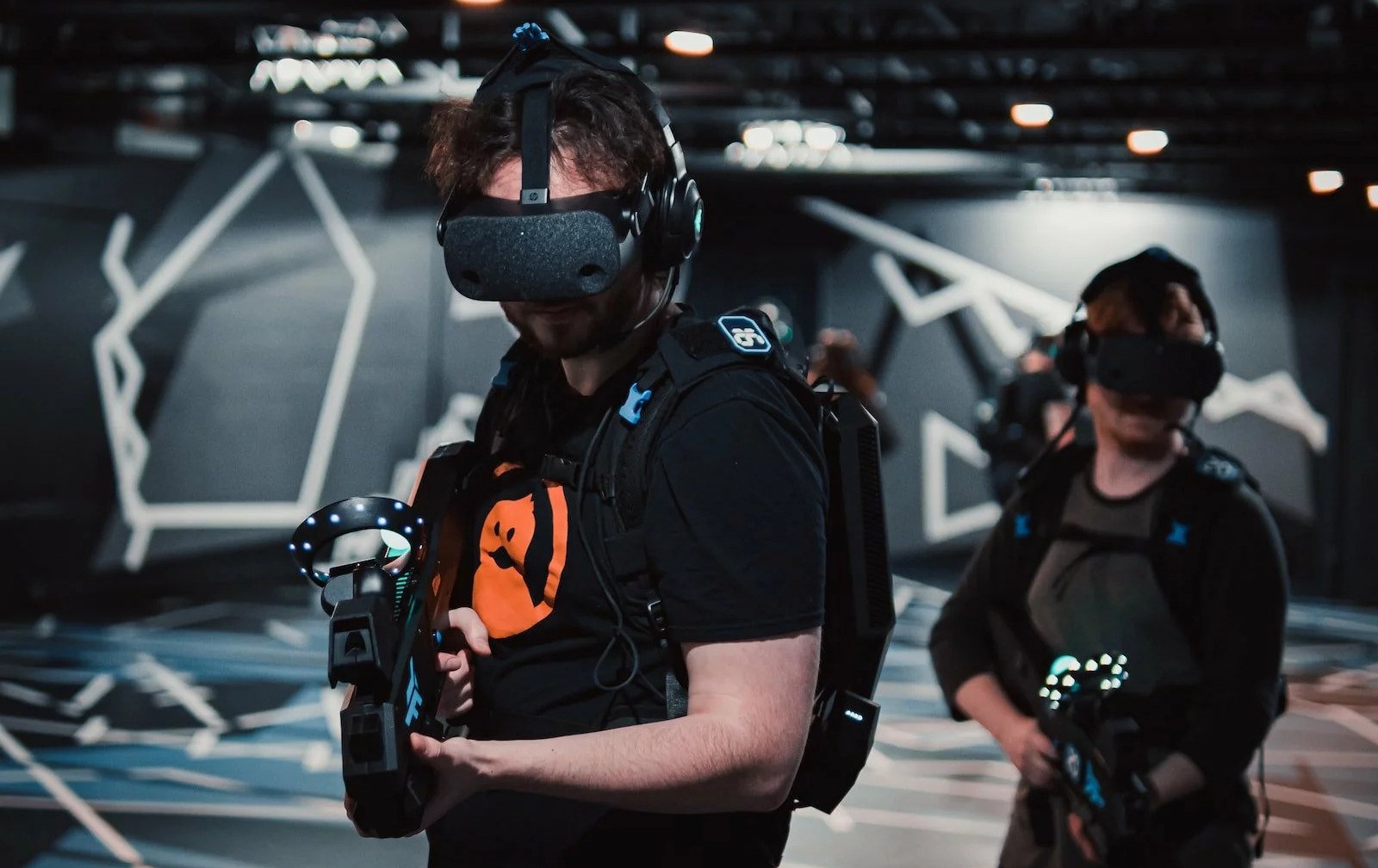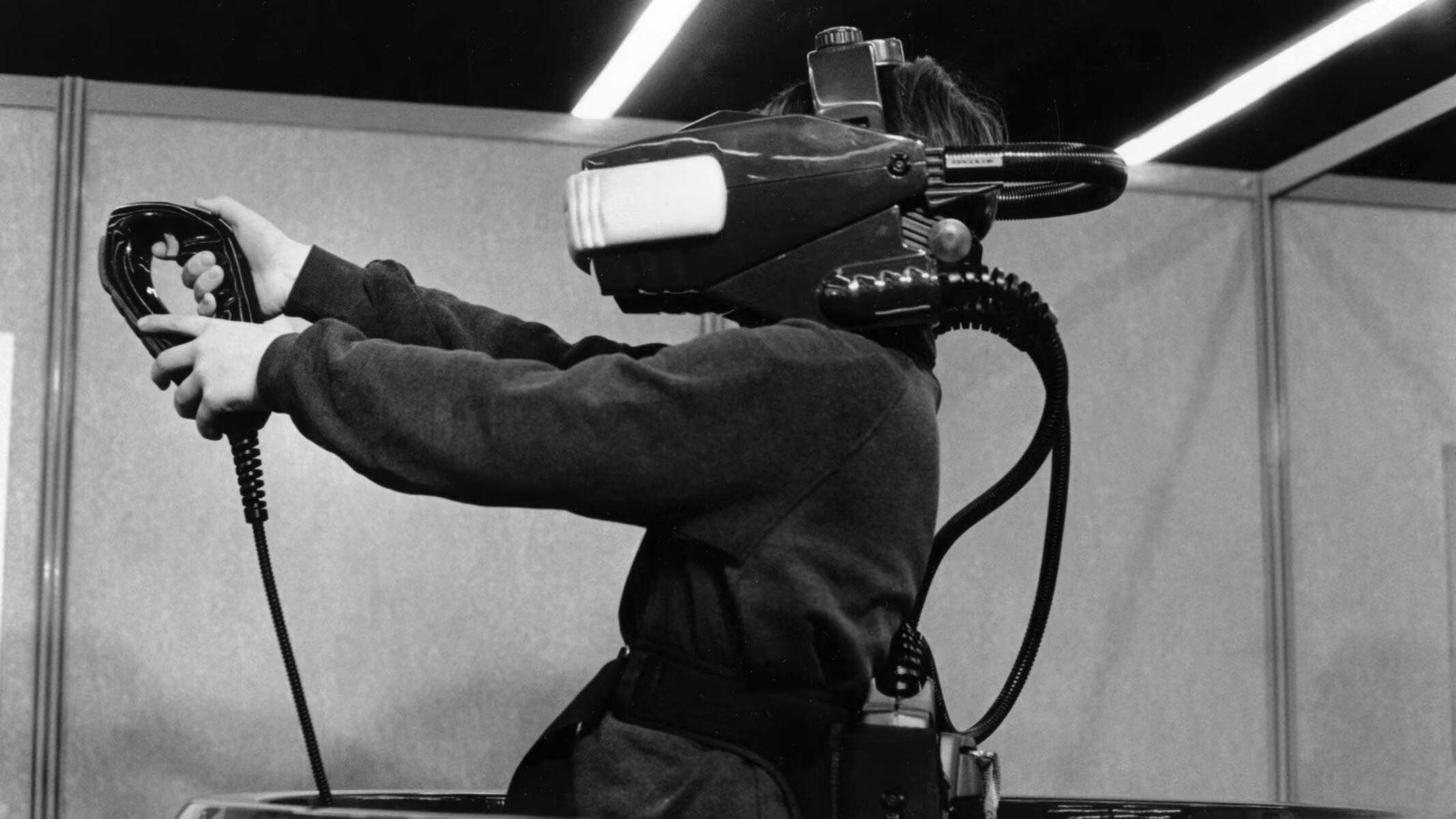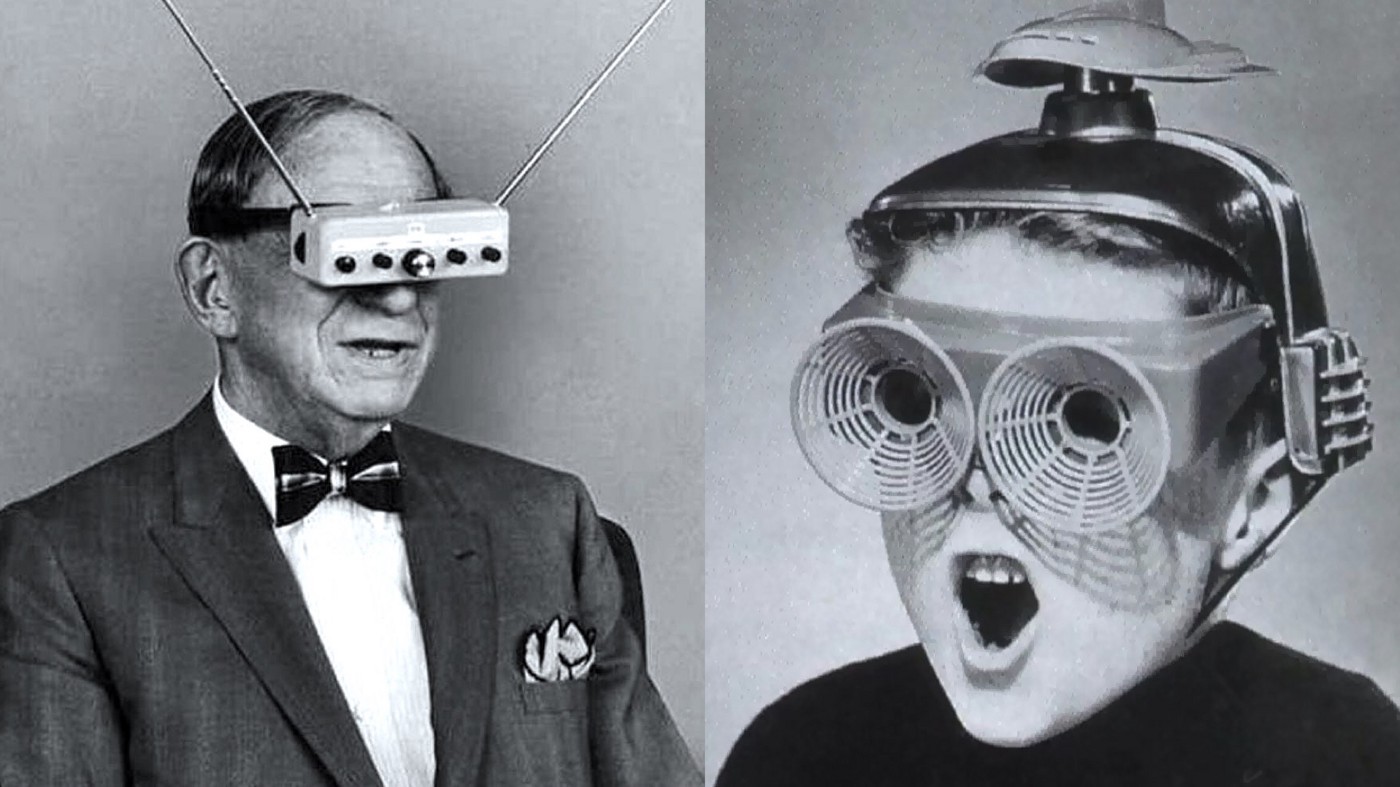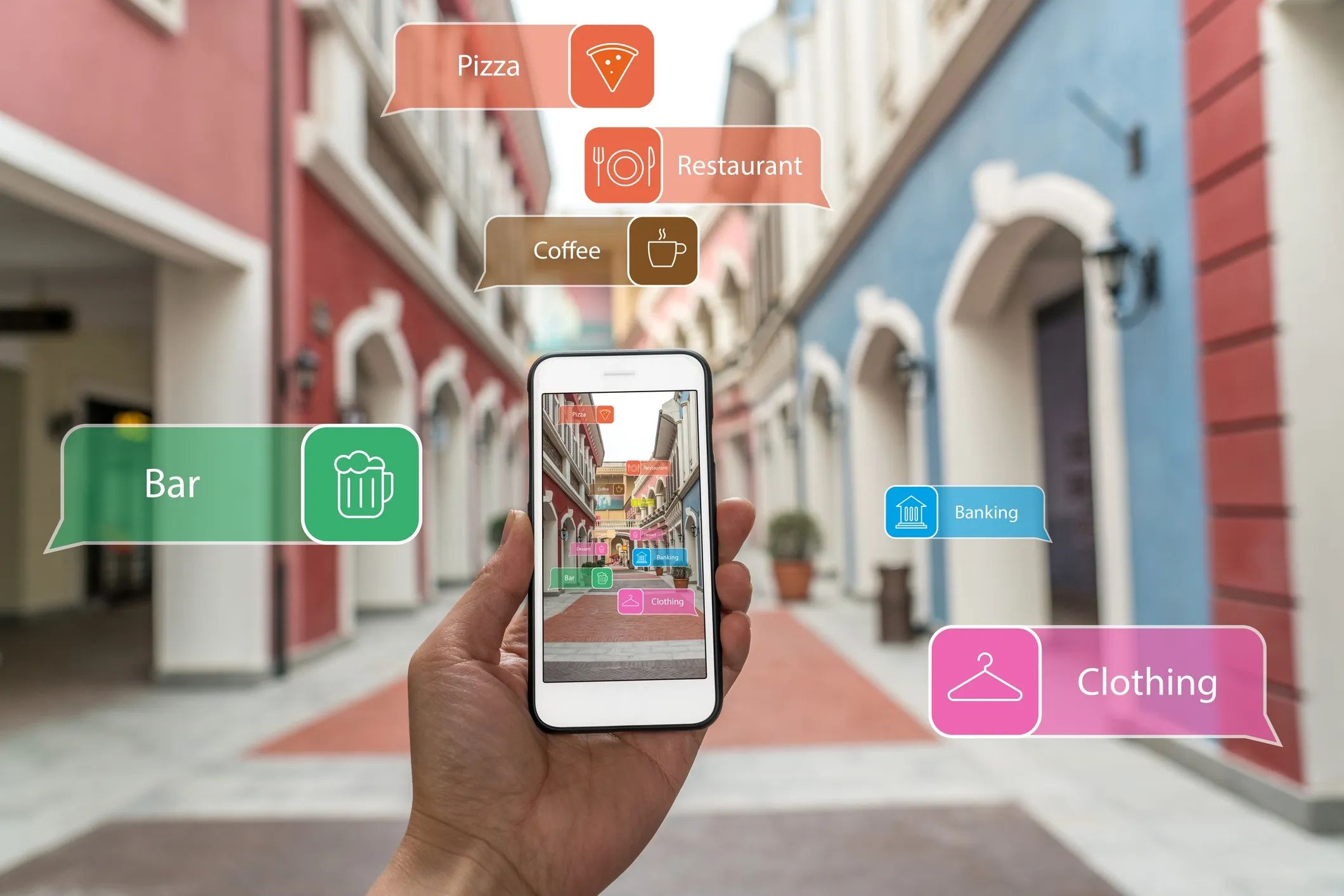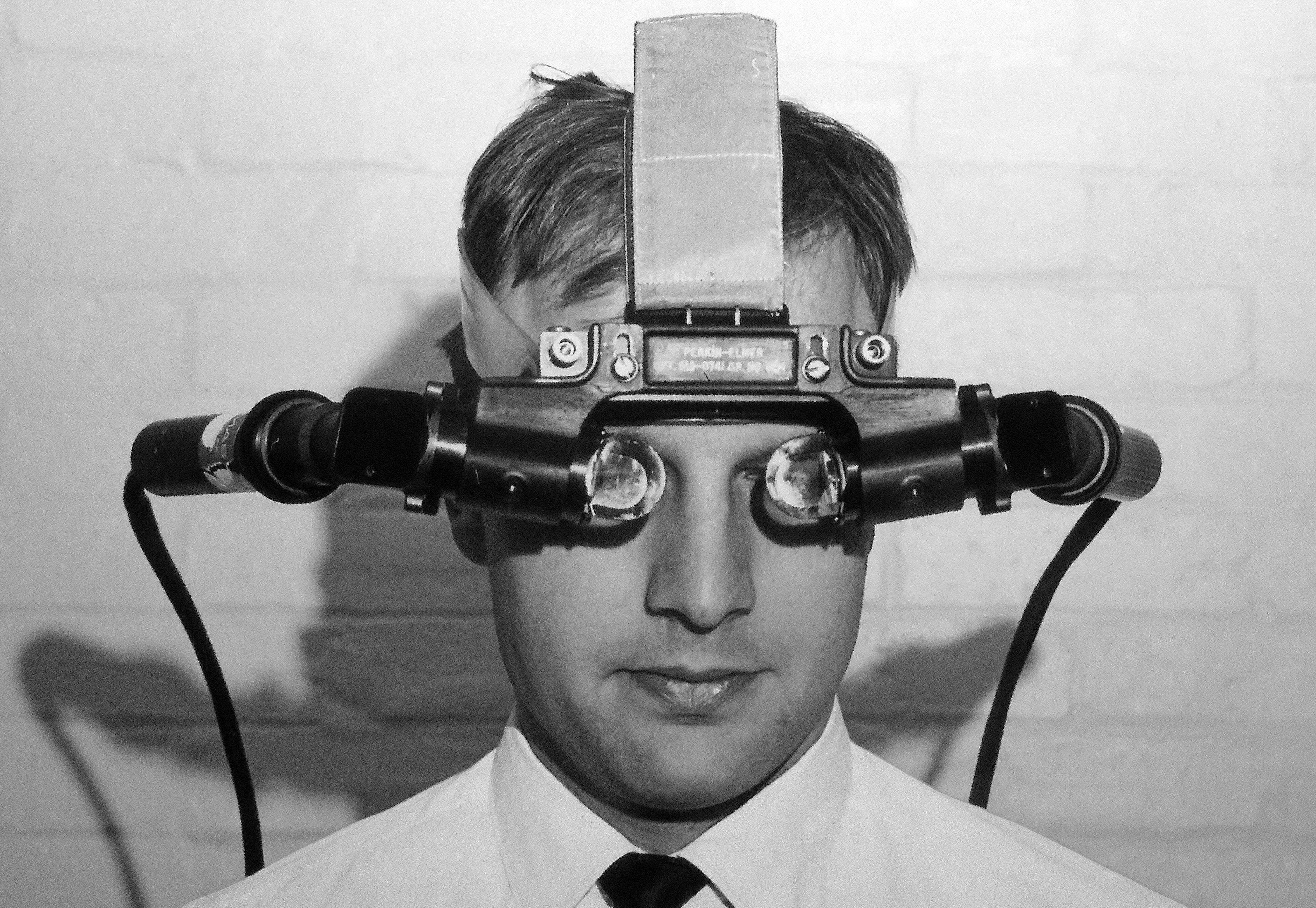The History of Virtual Reality Gaming
Virtual reality (VR) gaming may seem like a recent phenomenon, but its origins can be traced back to the mid-20th century. The concept of virtual reality, however, had already started to take shape long before that.
In the 1930s, science fiction writer Stanley G. Weinbaum introduced the idea of a virtual reality simulator in his short story “Pygmalion’s Spectacles.” This story described a pair of goggles that allowed the wearer to experience a virtual world, complete with realistic sensations. Although this was purely fictional at the time, it laid the groundwork for future developments.
Fast forward to the 1960s, when the concept of virtual reality began to gain traction among researchers and inventors. Morton Heilig, often considered the father of VR, developed the Sensorama, a multi-sensory theater experience. This device provided an immersive experience through a combination of visuals, sound, and even smells.
It wasn’t until the 1980s when virtual reality gaming started to become a reality. Companies like Atari and Sega experimented with VR arcade games, incorporating head-mounted displays and motion-tracking technology. However, the high cost of these systems and the limitations of the technology prevented VR gaming from becoming mainstream.
Then, in the 1990s, the gaming industry witnessed a significant milestone with the release of the Virtual Boy by Nintendo. This console attempted to bring virtual reality gaming to the masses, but its monochromatic display and lack of compelling games led to its commercial failure.
Despite these setbacks, the 1990s saw significant advancements in VR technology. The development of more affordable and capable graphics processors, as well as positioning systems, brought virtual reality one step closer to mainstream adoption.
It wasn’t until the 2010s that virtual reality gaming truly took off. With the release of devices like the Oculus Rift and HTC Vive, VR became more accessible and affordable for consumers. These headsets offered stunning visuals, precise motion tracking, and immersive experiences unmatched by previous attempts.
Today, virtual reality gaming continues to evolve at a rapid pace. Companies like Sony, Valve, and Facebook-owned Oculus are investing heavily in VR technology, developing improved headsets, controllers, and game titles. Virtual reality arcades and theme parks have also gained popularity, providing people with the opportunity to experience VR gaming in a social setting.
The journey of virtual reality gaming has come a long way since its inception, from fictional dreams to tangible reality. As technology continues to advance, it’s exciting to imagine what the future holds for this immersive and captivating form of entertainment.
The Current State of Virtual Reality Technology
In recent years, virtual reality (VR) technology has made significant strides, revolutionizing the way we experience gaming and entertainment. The current state of VR technology showcases incredible advancements in both hardware and software, bringing us closer to fully immersive virtual experiences.
One of the key developments in VR technology is the availability of high-quality headsets. Companies like Oculus, HTC, and Sony have released consumer-friendly headsets that offer impressive visual displays, comfortable ergonomics, and precise motion tracking. These headsets transport users into virtual worlds with stunning realism, creating a sense of presence and immersion like never before.
Another area of improvement is the reduction of motion sickness. In the early days of VR, motion sickness was a common problem due to latency issues and limited field of view. However, with advancements in display technology and tracking systems, the nausea-inducing effects have significantly decreased. Developers have also become more adept at designing games and experiences that minimize the risk of motion sickness, allowing more people to enjoy VR without discomfort.
Furthermore, the gaming industry has embraced VR, contributing to a growing library of immersive and engaging VR games. From action-packed adventures to captivating puzzle-solving experiences, there is a wide variety of games available that cater to different preferences and interests. These VR games often utilize innovative mechanics and interactions, fully utilizing the capabilities of VR technology.
Aside from gaming, VR technology is also being applied in various industries beyond entertainment. Healthcare professionals are using VR simulations for training and education, allowing them to practice complex procedures in a safe and controlled environment. Architects and designers are employing VR to visualize and present their ideas to clients, providing a more immersive and interactive experience. Additionally, VR is being used for virtual tourism, enabling people to explore new destinations and historical landmarks from the comfort of their homes.
While the current state of VR technology is impressive, there are still some challenges to overcome. The cost of entry remains a barrier for many potential users, with high-end headsets and powerful gaming PCs being relatively expensive. Accessibility and comfort are also areas that need improvement, as long play sessions can still cause discomfort and fatigue for some users.
However, despite these challenges, the future of VR technology looks promising. As technology continues to advance, we can expect more affordable and ergonomic headsets, enhanced graphics and audio capabilities, and even more immersive experiences. With the ongoing support and investment from both technology giants and indie developers, virtual reality is poised to become a mainstream form of entertainment and a transformative tool in various industries.
Advancements in Virtual Reality Gaming
Virtual reality (VR) gaming has come a long way since its early days. With the rapid pace of technological advancements, VR gaming has evolved into a more immersive and realistic experience. Here are some of the significant advancements that have shaped virtual reality gaming:
Improved Graphics: One of the key advancements in VR gaming is the improvement in graphics capabilities. High-resolution displays and powerful graphics processing units (GPUs) allow for stunning visuals and realistic environments. The level of detail, lighting effects, and textures creates a more immersive and lifelike experience for players, enhancing the sense of presence in the virtual world.
Enhanced Motion Tracking: Precise and accurate motion tracking is crucial for a seamless VR gaming experience. Advancements in tracking technology, such as the use of infrared sensors and cameras, allow for more responsive and natural movements in virtual environments. This enables players to interact with objects and navigate through the virtual world with greater ease and precision.
Integration of Haptic Feedback: Haptic feedback, also known as tactile feedback, adds a sense of touch to VR gaming. Through the use of controllers, gloves, or suits equipped with sensors, players can feel physical sensations that correspond to in-game actions. This technology enhances immersion by providing a more realistic experience, such as feeling the recoil of a virtual gun or the impact of a virtual punch.
Wireless and Standalone Systems: Early VR systems required tethering to powerful PCs, limiting mobility and freedom of movement. However, recent advancements have led to the development of wireless and standalone VR systems. These self-contained devices offer a more convenient and hassle-free experience, allowing users to move freely without being restricted by cables.
Social VR: Virtual reality gaming is no longer limited to solitary experiences. Social VR platforms and multiplayer games have emerged, allowing players to interact and engage with others in virtual spaces. This social aspect adds a new dimension to VR gaming, fostering a sense of community and collaboration among players from different parts of the world.
Artificial Intelligence and Virtual Characters: Advancements in artificial intelligence (AI) have contributed to more realistic and intelligent virtual characters in VR games. NPCs (non-player characters) can now exhibit lifelike behavior, react dynamically to player actions, and provide more engaging interactions. This enhances the overall immersion and makes the virtual world feel more alive.
These advancements in virtual reality gaming have revolutionized the gaming industry and opened up new possibilities for interactive and immersive experiences. As technology continues to evolve, we can anticipate even more exciting developments in the future. From realistic simulations to innovative gameplay mechanics, virtual reality gaming is constantly pushing the boundaries of what’s possible, offering gamers a whole new level of immersion and enjoyment.
Challenges to Overcome in Virtual Reality Gaming
While virtual reality (VR) gaming has made significant advancements, there are still several challenges that need to be addressed to ensure its widespread adoption and continued growth in the gaming industry. These challenges include:
Cost: One of the primary challenges is the cost associated with VR gaming hardware. High-quality VR headsets and compatible gaming PCs can be expensive, making them less accessible to a significant portion of the gaming community. Lowering the cost of entry, either through more affordable hardware options or improved performance in less expensive devices, would help overcome this challenge.
Motion Sickness: Although strides have been made in reducing motion sickness in VR, it still remains a challenge for some users. Certain virtual experiences can induce discomfort, dizziness, or nausea due to latency issues, visual discrepancies, or limited field of view. Developers need to continue refining their games and optimizing their designs to minimize the risk of motion sickness and improve comfort for all players.
Content Quality and Quantity: Another challenge is the availability of high-quality and diverse VR gaming content. While the library of VR games has been growing steadily, there is still a need for more developers to embrace the platform and create compelling experiences. Increasing the quantity and variety of VR games will help cater to the different preferences and interests of gamers.
Input and Interaction: VR gaming requires intuitive and immersive methods of input and interaction. While motion controllers have become a standard part of VR gaming, there is still room for improvement in terms of accuracy, responsiveness, and naturalness. Innovations in input devices, such as gloves or full-body motion tracking, can further enhance the sense of presence and immersion in virtual worlds.
Physical Limitations: VR gaming often requires players to be physically active, which can be challenging for some individuals. Limited playing spaces or disabilities may hinder the full enjoyment of VR experiences. Developers should consider accessibility features and design games that can be enjoyed by a wider range of players, regardless of physical abilities or constraints.
Social Presence: While social VR experiences have emerged, achieving a true sense of social presence and connection can still be a challenge. Improving the quality of communication, creating more realistic avatars, and implementing robust social features within VR games can help overcome this challenge and foster a stronger sense of community among players.
Technical Limitations: Despite advancements, VR technology still faces some technical limitations. Graphics and processing power can sometimes restrict the level of detail and complexity in VR games. The industry needs to continue investing in research and development to push the boundaries of technology, enabling more realistic and immersive experiences.
Overcoming these challenges will be instrumental in driving the widespread adoption and success of virtual reality gaming. As technology continues to advance and more developers and players embrace VR, it is likely that these challenges will be addressed, paving the way for an even more exciting future for VR gaming.
The Impact of Virtual Reality Gaming on the Gaming Industry
Virtual reality (VR) gaming has had a significant impact on the gaming industry, revolutionizing the way games are played and experienced. This immersive technology has brought about various changes and opportunities, influencing different aspects of the gaming industry:
Enhanced Immersion: VR gaming has taken immersion to new heights. Players are no longer just controlling a character on a screen; they are transported into the virtual world itself. The sense of presence and the ability to interact with the environment and characters in a more natural way creates a level of immersion that was previously unimaginable.
Innovation and New Gameplay Mechanics: VR has sparked innovation in game design and introduced new gameplay mechanics. Developers have come up with inventive ways to utilize VR technology, such as physically reaching out to grab objects, using hand gestures for spellcasting, or simulating real-world activities like boxing or racing. These novel gameplay mechanics offer unique and captivating experiences for players.
Expanded Market Potential: The advent of VR gaming has expanded the market potential for the gaming industry. Virtual reality attracts not only traditional gamers but also tech enthusiasts and newcomers to gaming. The appeal of immersive experiences and the promise of new dimensions in gaming have attracted a broader audience, opening up new business opportunities for game developers and hardware manufacturers.
Revitalizing Older Titles: VR technology has breathed new life into older game titles. With adaptations and remakes for VR, classic games can be experienced in a whole new way. This allows nostalgic players to revisit beloved games and introduces them to a younger generation who may have missed out on these titles, thus revitalizing the popularity and appeal of older games.
Collaboration and Competition: VR gaming has prompted collaboration and healthy competition among developers and hardware manufacturers. As more virtual reality platforms emerge, companies strive to create experiences and technologies that outshine their competitors. This environment of innovation benefits the gaming industry as a whole, fostering advancements in VR technology and pushing the boundaries of what can be achieved.
Exploration of New Genres: Virtual reality has paved the way for the exploration of new gaming genres. Developers have created unique experiences in genres such as horror, puzzle-solving, simulation, and exploration, specifically tailored for the immersive nature of VR. This diversification of gaming genres adds richness and variety to the overall gaming landscape.
Impact on Other Industries: The impact of VR gaming extends beyond the gaming industry. Virtual reality has found applications in fields such as healthcare, education, and training. Medical professionals use VR simulations for surgical training, educators utilize VR for immersive learning experiences, and businesses incorporate VR into training programs. The success of VR in gaming has catalyzed its adoption in other sectors, leading to innovations and advancements in various industries.
Overall, the impact of virtual reality gaming on the gaming industry has been profound. From the enhanced immersion and innovative gameplay mechanics to expanded market potential and collaborations, VR has reshaped the industry and offered new possibilities for gamers and developers alike. As technology continues to evolve, we can expect even more transformative advancements in virtual reality gaming, further pushing the boundaries of what is possible in the world of gaming.
The Potential of Virtual Reality Gaming in the Future
Virtual reality (VR) gaming has already made significant strides, but its true potential is yet to be fully realized. Looking ahead, there are several areas where VR gaming can continue to evolve and shape the future of the gaming industry:
Advanced Graphics and Realism: As technology advances, VR games will continue to improve in terms of graphics and realism. Higher resolution displays, more powerful processors, and improved graphics capabilities will make virtual worlds even more immersive and visually stunning. The level of detail, realistic lighting, and lifelike character models will transport players into virtual environments that are almost indistinguishable from the real world.
Expanded Accessibility: In the future, VR gaming is likely to become more accessible to a wider audience. As the cost of hardware decreases and technological advancements make VR more user-friendly, more people will be able to experience the wonders of virtual reality. This increased accessibility will open up new opportunities for developers to create games that cater to a diverse range of interests and demographics.
Cross-Platform Integration: Virtual reality has the potential to bridge the gap between different gaming platforms. Cross-platform compatibility and integration can enable players using different VR devices to connect and engage with one another in shared virtual spaces. This would foster a more inclusive and interconnected gaming community, where players can seamlessly interact and compete, regardless of their preferred VR platform.
Full Body Tracking and Haptic Feedback: Advancements in tracking technology and haptic feedback systems will enhance the sense of presence in VR gaming. The ability to track the movement of the entire body, including hands, legs, and even facial expressions, will create a more realistic and immersive experience. Combined with haptic feedback, which provides physical sensations and feedback, this level of immersion will make VR gaming feel even more tangible and lifelike.
Artificial Intelligence and Dynamic NPCs: Virtual reality gaming can benefit from advancements in artificial intelligence (AI) to create more intelligent and dynamic non-player characters (NPCs). NPCs with AI capabilities can adapt to the player’s actions, have more sophisticated behaviors, and provide more realistic and engaging interactions. This will enhance the overall immersion and make the virtual world feel more alive.
Health and Fitness Integration: VR gaming has the potential to combine entertainment with health and fitness. Fitness-focused VR games and applications are already gaining popularity, providing engaging and enjoyable ways to exercise. In the future, we can expect more innovative fitness experiences, gamified training programs, and even VR-based rehabilitation solutions that combine virtual reality with physical therapy.
Augmented Reality Hybrid Experiences: The integration of augmented reality (AR) with VR gaming can create hybrid experiences that merge virtual and real-world elements. Players can interact with virtual objects and characters seamlessly integrated into their physical surroundings. This opens up new possibilities for mixed reality gaming, where players can explore and engage with virtual content in their own environment.
These are just a few examples of the potential that virtual reality gaming holds for the future. As technology continues to advance and more developers and players embrace VR, we can anticipate even more exciting innovations and possibilities. Virtual reality gaming has the power to transform the way we play and experience games, offering immersive, interactive, and unforgettable experiences that blur the lines between reality and virtual worlds.
Making Virtual Reality Gaming More Accessible
Virtual reality (VR) gaming has the potential to offer incredible experiences, but accessibility remains a key challenge. To make VR gaming more accessible to a wider audience, several steps can be taken:
Cost Reduction: One of the primary barriers to entry for VR gaming is the cost of hardware. Lowering the price of VR headsets and accessories can make them more affordable and accessible to a broader range of gamers. Additionally, offering more budget-friendly options without compromising on quality will help attract new users.
Improved Comfort: Enhancing the comfort of VR gaming is crucial. This includes making headsets lighter and more ergonomic, reducing the feeling of isolation, and addressing issues such as motion sickness and eye strain. Comfort-focused design iterations and regular user feedback can lead to more enjoyable and longer play sessions.
Expanded Software Compatibility: Broadening the scope of VR software compatibility is essential to reach a wider audience. Ensuring that VR headsets are compatible with a wide range of gaming platforms, including consoles and PCs, will create more options for gamers and encourage developers to produce more VR titles.
Accessible User Interfaces: Simplifying the user interfaces of VR gaming systems can make them more user-friendly, particularly for individuals who may not be tech-savvy. Intuitive and easy-to-navigate menus, tutorials, and setup processes will help newcomers get up and running quickly, without the need for extensive technical knowledge.
Addressing Motion Sickness: Motion sickness is a common issue in VR gaming. Developers can employ various techniques, such as smooth locomotion options, customizable comfort settings, and visual cues, to minimize motion sickness and make VR experiences more comfortable for all players.
Enhanced Accessibility Features: Making VR gaming more accessible to individuals with disabilities is crucial for inclusivity. Incorporating features such as adjustable font sizes, audio descriptions, colorblind modes, and support for alternative control methods (e.g., voice commands or assistive devices) will enable people with diverse abilities to fully enjoy VR gaming experiences.
Developer Tools and Support: Providing developers with robust tools and resources can encourage the creation of more accessible VR gaming experiences. Offering guidelines, best practices, and accessibility testing frameworks will empower developers to optimize their games for a wider audience and ensure that accessibility is prioritized during the development process.
Education and Awareness: Educating the gaming community about the benefits and potential of VR gaming is important in promoting its accessibility. Conducting workshops, showcasing VR gaming at events, and collaborating with schools and gaming communities can help raise awareness and spark interest among gamers.
Collaboration with Other Industries: Collaborating with other industries, such as healthcare and education, can expand the accessibility of VR gaming. Working together to develop tailored applications and experiences for specific needs, such as VR therapy for patients or educational VR content for students, can broaden the reach of VR technology and make it more accessible to diverse user groups.
By addressing these aspects and focusing on making VR gaming more accessible, the industry can ensure that more people can enjoy the immersive experiences and unique benefits that virtual reality gaming offers. Creating a more inclusive and accessible VR gaming ecosystem will not only benefit individuals with diverse abilities but also drive further innovation and growth in the industry as a whole.
The Future of Virtual Reality Gaming
The future of virtual reality (VR) gaming holds exciting possibilities and potential for groundbreaking advancements. As technology continues to evolve, several key trends are likely to shape the future of VR gaming:
Wireless and Mobile VR: Wireless and mobile VR is expected to become more prevalent in the future. Advancements in wireless technology and more powerful mobile devices will allow users to experience VR without the need for cumbersome wires and high-end PCs. This will make VR gaming more accessible and portable, enabling gaming experiences on the go.
Improved Graphics and Realism: Graphics and realism in VR gaming will continue to push the boundaries as hardware capabilities improve. High-resolution displays, enhanced textures, and realistic physics simulations will create virtual worlds that are visually stunning and almost indistinguishable from reality. This heightened level of immersion will draw players deeper into the gaming experience.
Expanded Field of View: A wider field of view (FOV) can further enhance the immersive nature of VR gaming. Current FOV limitations can create a restricted view, reducing the sense of presence. Advancements in display and optic technologies will likely expand the FOV, allowing for a more natural and panoramic view, improving immersion and realism.
Full Sensory Feedback: The integration of full sensory feedback will greatly enhance immersion in VR gaming experiences. Advancements in haptic feedback technology, combined with innovations like scent and temperature simulation, will enable players to feel physical sensations, adding a new level of realism to their interactions with virtual environments and objects.
Eye and Facial Tracking: Eye and facial tracking technology will bring more natural and expressive interactions to VR gaming. By accurately capturing eye movements and facial expressions, virtual characters can respond to players in a more nuanced and lifelike manner. This technology will enhance social interactions, making multiplayer experiences more engaging and realistic.
Mixed Reality and Augmented Reality Integration: The integration of mixed reality (MR) and augmented reality (AR) can introduce a seamless blend of physical and virtual elements. This integration will allow players to interact with virtual content in their real-world surroundings, creating unique gaming experiences that merge both digital and physical environments.
Artificial Intelligence and Procedural Generation: The use of artificial intelligence (AI) algorithms and procedural generation techniques will enable dynamic and personalized experiences in VR gaming. AI-powered NPCs will have realistic behaviors and intelligent responses, adapting to player actions and creating dynamic and unpredictable scenarios. Procedural generation will generate infinite worlds and environments, ensuring endless replayability.
Multi-Sensory Storytelling: VR gaming will offer new possibilities for immersive storytelling. Integrating multi-sensory elements such as audio, visuals, haptics, and even scent and taste simulations will allow developers to create captivating narratives that engage players on multiple levels, making them active participants within the story.
Collaborative and Shared VR Experiences: The future of VR gaming will also focus on collaborative and shared experiences. Players will be able to share virtual spaces, interact, and play together, regardless of their physical location. This will foster a sense of community and enable new forms of multiplayer gameplay, socialization, and virtual events.
The future of virtual reality gaming holds immense potential for innovation and transformation. With advancements in technology and continued investment from developers and companies, VR gaming will continue to push boundaries and provide immersive, engaging, and unforgettable experiences for gamers around the world.







